ADSactly History - Bo-Kaap and the Arrival of First Muslims to South Africa
Bo-Kaap and the Arrival of First Muslims to South Africa.
Bo-Kaap is a unique part of old Cape Town found on Signal Hill, it is characterized by narrow streets and cobbled lanes with charming and colourful rows of houses in its historic core. Bo-Kaap known as the Malay Quarter has a rich cultural, religious and architectural heritage. Its surviving material and intangible culture represent layers of complex interactions between place, people and memory by a range of social classes. Bo-Kaap was also pivotal in the establishment of Islam at the cape.
In 1994 Muslims celebrated 300 years of Islam in South Africa and at the Cape in particular.
The event commemorated the arrival of Abidin Tadia Tjoessoep (1626-1699) of noble birth in Goa in the East Indies, better known as Shaykh Yusuf at the Cape, on board the Voetboog on 2 April 1694. A political prisoner of the Dutch East India Company.
Shaykh Yusuf and his companions, who settled at Zandvlei near present-day Somerset West. Formed what is regarded as the first Muslim community in South Africa.
In reality, the first group of Muslims had arrived at the Cape even earlier in 1658, only six years after the creation of the VOC "refreshment station".
These people called Mardyckers, were free labourers brought from an Indonesian island Amboyna. They were to defend the newly established settlement against the indigenous people, prohibited from openly practising their religion.
In 1697 the Rajach of Tambora, Albubasi sultan, was banished to the Cape for his part in the internecine warfare between rival states in Indonesia. He joined several other political exiles here, including Sheik Yusuf a holy man who had taken up arms against the Dutch in Bantam.
During his visit to one of the farms in 1705, Rev. Francois Valentijn wrote:...to my surprise I found here the king of Tambora and his wife. He was busy writing out the Koran very neatly for the governor, and his wife oversaw the household. He was banished here because of his bad behaviour on Burma… they were glad to see me so that they could speak with me in the Malay tongue…(1724; Ud en Nieuw Oost-Indiën)
Sheik Yusuf’s presence helped establish Islam in the Cape and a kramat (shrine) was erected in his honour on the False Bay coast, where he died in 1699. Willem Adriaan van der Stel the Governor of the Cape, arranged for his large entourage to be repatriated, to transfer Shaykh Yusuf's widows, children, friends and servants back to Batavia, but a daughter, Zytia Sara Marouff, stayed behind. It was she who married Rajach of Tambora and lived at Vergelegen in the district of Stellenbosch. Muslims at the Cape believe that Shaykh Yusuf is buried at Macassar near Somerset West, outside Cape Town while Muslims in Indonesia believe that he is buried in Makassar in Indonesia. Kramats have been erected in both sites.
Early Islam at the cape was influenced by Sufism a spiritual practice followed by Sunni and Shia Muslims. Two important teachers at the Cape, Imam Abdullah Kadi Abdus Salaam, better known as Tuan Guru, and Shaykh Yusuf, were established teachers in Sufi orders.
Sufism at the time considered part of accepted Islam, placed an emphasis on metaphysics spirituality and mysticism. This approach suited the local Muslim Community who lived and worked in the oppressed environment. Many Muslims had come to the Cape as slaves, political exiles or convicts from the Dutch South East Indian colonies in East Africa.
In addition, Muslims had to practice their religion in secrecy as freedom of religion was only granted in 1805.
Later during the 19th century, Sufism became less acceptable due to a growing emphasis on the literal adherence to the Islamic texts and the rejection of experience-oriented traditions.
The significance of Islam grew in Bo-Kaap until the area had a predominantly Muslim Community by the 1930s
Several Cape Town imams were freedmen.
The oldest mosque in South Africa the Auwal Mosque is in Bo-Kaap, having been established toward the turn of the 18th century in Dorp street.
Tuan Guru was the first imam of the Auwal Mosque and, in 1793, established the first madrassah (school of Islamic instruction) at the Cape. His teachings formed the foundation of Islamic instruction in the 19th century at the Cape.
The oldest Muslim Cemetery, the Tana Baru, is also in Bo-Kaap. Two revered Islamic leaders, Tuan Guru (arrived 1770) and Tuan Said Aloewe (arrived 1747) are buried in the Tana Baru.
By the end of 1824, there were five small mosques and two large ones in the city.
By 1832, a third of the population in Cape Town was regarded as Muslim. With the emancipation of slaves in 1834, more people flocked to the area to make their homes there and this Malay Quarter of Cape Town was known as the Islamic quarter.
In the 1860s the indentured labourers brought by the British from south India were 7-10% Muslim formed the first of two groups in the great wave of immigration, the second group were North Indian traders and merchants, who moved mainly to Natal.
Still, most of the rapid growth of the Muslim community was through conversion, not natural increase or immigration.
Abubakr Effendi is also buried in the Tana Baru. He came to the Cape in 1863 on the invitation of the Cape government to assist the Cape Courts in settling disputes between local imams.
He was a supporter of the Hanafi legal tradition, while most Cape Muslims supported Shafi legal tradition. Effendi’s teachings sparked debate amongst the Cape religious leaders and led to the establishment of the first Hanafi Mosque in Cape Town.
Effendi‘s famous catechism, bayan al-din, published in 1877, is considered the foundation of the Muslim publishing tradition at the Cape.
Bo-Kaap and its residents have traditionally been gazed at through a lens of difference.
Under apartheid between 1948 and 1994, those living in the area were characterized by the National Party state as “Exotics”. They were classified as “Malay” and they're cuisine and dress were treated as objects of marvel.
Authored by @highonthehog
References
Photos: @highonthehog
Images: sources linked below
Mayson Schofield John, The Malays of Capetown, J. Galt & Co., Manchester, 1861 reprint ed., Cape Town: Africana Connoisseurs Press, 1963, p. 15.
Da Costa Yusuf, Davids Achmat, Pages from Cape Muslim History (Pietermaritzburg: Shuter and Shooter, 1994); Nigel Worden, “The Changing Politics of Slave Heritage in the Western Cape, South Africa,” Journal of African History 50 (2009): 23–40.
Theal, George McCall, South Africa. New York: G.P. Putman's Sons. p. 35. (1894). Retrieved 2009-12-12.
Leach Graham, South Africa: No Easy Path to Peace, Routledge & Kegan Paul, 1986
Click on the coin to join our Discord Chat

Witness proposal is here:
Go To Steem Witness Page
In the bottom of the page type: adsactly-witness and press vote.

Use small letters and no "@" sign. Or, click here to vote directly!
Thank you!
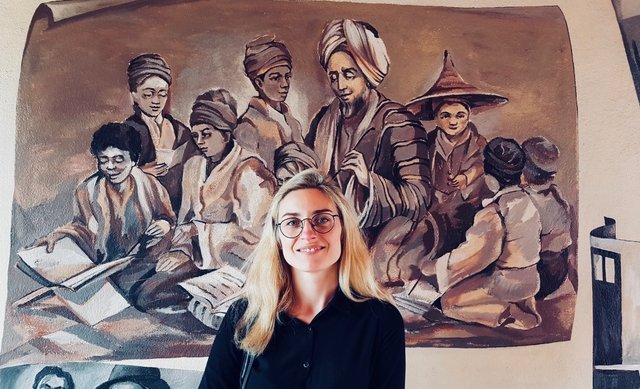
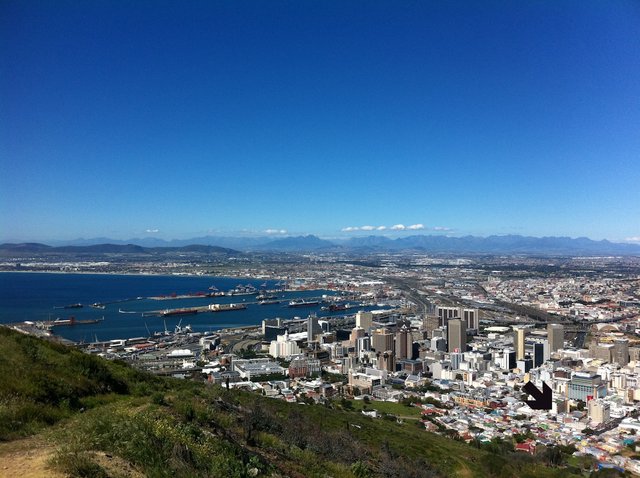
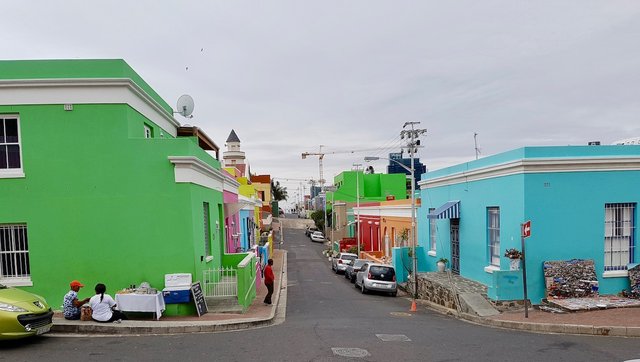
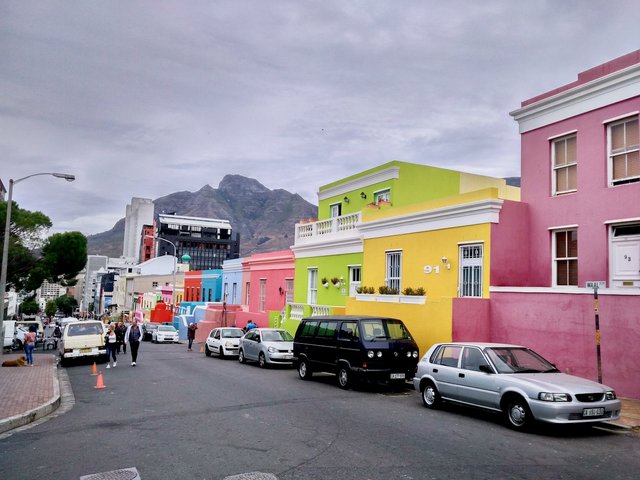
_-_The_Coming_of_Sheik_Joseph.jpg)
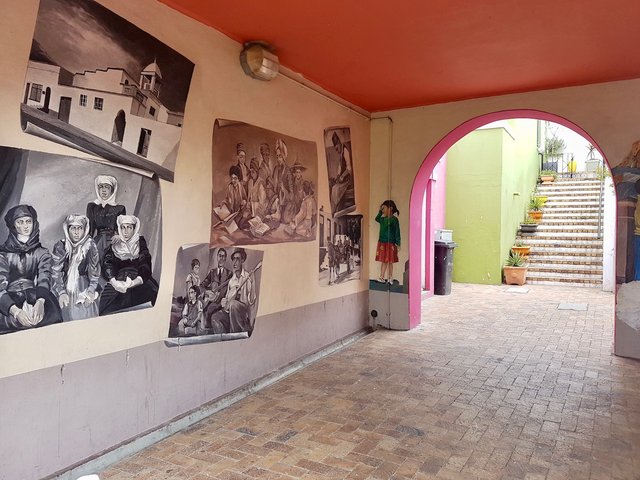
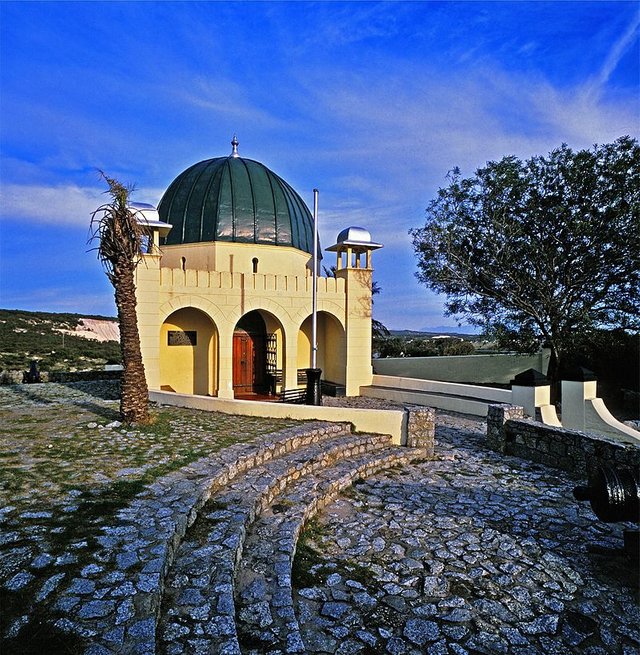
.jpg)
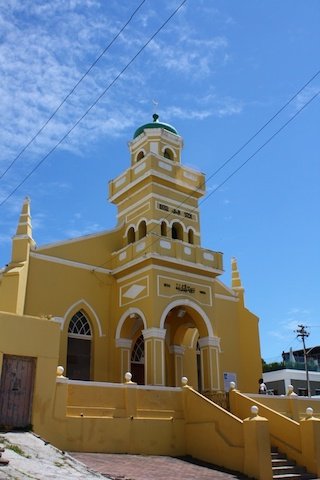
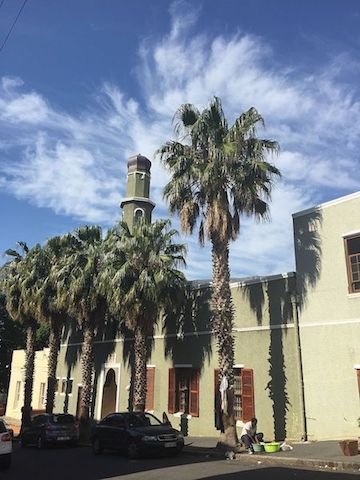
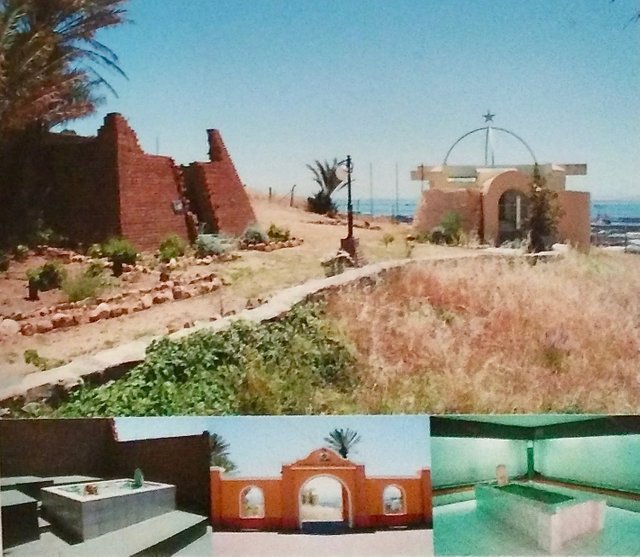
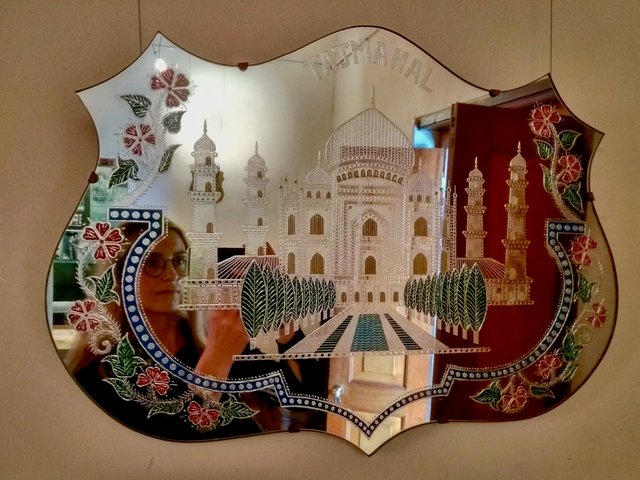
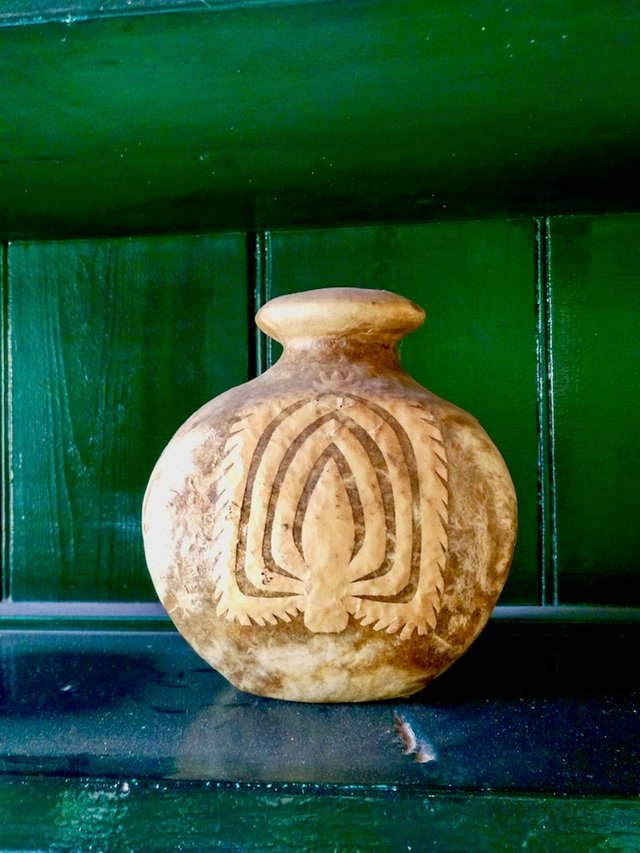
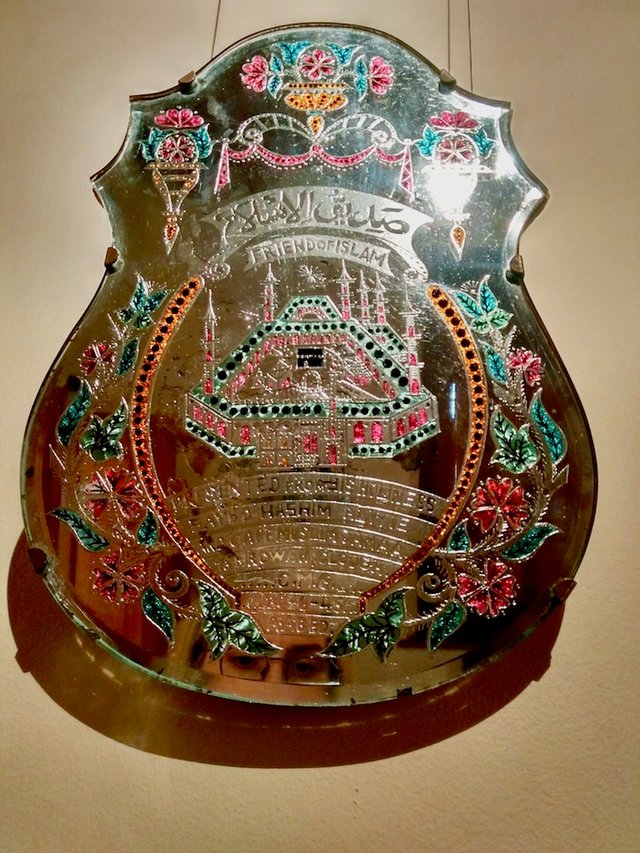
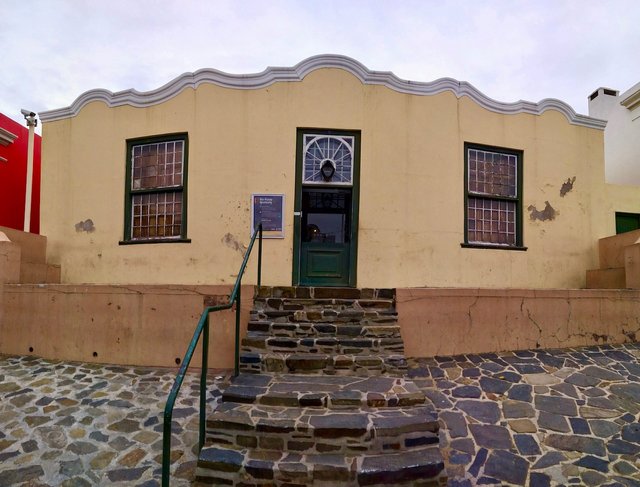
Bo Kaap is a residential area on the Hill descents in South Africa. It is said that its inhabitants are descendants of slaves transported by the Dutch of Malaysia, Sri Lanka, India and Indonesia. These formed the Bo Kaap community.
For those who ask for the reason for these bright colors, well this is a new creation to celebrate the presence of Muslims. Before, the houses were all white. Then, the inhabitants agreed to the bright colors to prepare the celebration of Eid.Thanks for the share of this great history.
Extremely interesting story of people and their beliefs, struggling to support each other. It is a pity that this area has drastically diminished, but I am glad that people are aware of the history of this place and want to preserve it.
The city of Boo-Kaap known for first Muslim community in South Africa
looks very peaceful and I love the colors on each homes. It only adds to its beauty.
In its beginning it was obvious they had to fight for their beliefs, for their faith. Just like many religious people do when it comes to settling in other regions with different beliefs. For them it was even tougher since most of them were brought by force as slaves. While reading your post, I could see how they grew with increase numbers of mosques, Islamic quarters... Their faith and their beliefs have been winning.
Great and very interesting history of the first Muslim community in South Africa.
Jihadism?
GREAT POST, make me proud as an Indonesian. @highonthehog, @sadctly, How proud I am see this post. in Indonesia Syeikh yusuf was awarded as a national hero for persisting against Dutch colonialism at that time. he supported the struggle of the kingdom of Gowa led by Sultan Hasanuddin. The Kingdom of Gowa could be defeated by the Dutch (VOC = Verenigde oost Indische Compagnie, a Dutch trading partnership in East India, the term for Indonesian territory) then Shaykh Yusuf was captured and exiled to New Zealand to keep away from his followers. In New Zealand he spread Islam and met many of the pilgrims from Indonesia who transited there. Encounter with the pilgrims from Indonesia this can give motivation to struggle and make the struggle against the Dutch in Indonesia is getting stronger.
Knowing this the Dutch took a firm stand by capturing and alienating Shaykh Yusuf to the Cape of Good Hope, South Africa. a place far away and unknown to the Indonesian combatans.
It was in South Africa then Sheikh Yusuf spread Islam and as you have described in your post. Even Sheikh Yusuf also Islamized the captain of the Dutch ship that brought Shaykh Yusuf named Van Beuren and chose to stay with Shaykh Yusuf.
After Indonesia became independent, the tomb of Sheikh Yusuf was transferred to Indonesia, namely in his native land, Gowa, South Sulawesi.
Thank you @highonthehog, thank you @sadctly and Thank you Steemit for sharing this post to improve our view and knowledge. i just can support this post by comment and upvote it.
warm regard from Indonesia
How beautiful is those places of South Africa, I always felt great sympathy for this beautiful country, many have a misconception of this country, hopefully I will step on it one day, In South Africa you can see a sunset and believe that you have witnessed the hand of GOD, One can not resist the charm of South Africa
Great info for muslim
Bo'Kaap, an area in Cape Town, South Africa, is historically the center of Cape Malay culture. Not only are you surrounded by colorful homes and the smell of Cape Malay food, but just before sun down you can hear the Call to Prayer.
Next time I'm there I need to try the cuisine, thanks for a reminder!
Next time I'm there I
Need to try the cuisine, thanks
For a reminder!
- highonthehog
I'm a bot. I detect haiku.
The Bo-Kaap is one of Cape Town's most colourful and interesting areas with a rich history and heritage. Standing on Wale Street, in font of the Bokaap museum, where the oldest building in the area was built in 1760s. Famous for its colourful housing, old cobble stone streets and Cape Malay Quater, known for its rich historical culture! Also, check out Atlas trading for Spices!
Sounds interesting, will do, cheers!
the history of Islam is truly amazing. I've read that story when I was in school. and I really like it. @adsactly you're really great. willing to share knowledge about the religion of islam.terimakasih
What is the story of Islam?
Hey, it's just a small part of a big story, South African part, glad u liked it.
nice research and you explain in the way awesome and photo collection is also good keep it up lady best of luck/
Thank you , It's a pleasure for me to look for information and write about cape town, I'm glad that people take this post well.
If I talk about Cape Town, So my words are not enough to say something about Cape Town.
Cape Town is not only a Famous City in South Africa, but also famous for his rich traditional and cultural heritage.
There are many rich cultural heritage are born and grow in Past.
SAN, Dutch, Cape Malay, and French Huguenots are some of the Famous Cultures which were bond and grow between 15th to 17th century.
During 18th century Cape Malay and few exiles from South Asian countries were settled in Bo Kaap, Cape Town.
Bo Kaap is famous for Local Islamic, culture and heritage.
If we visit in streets of Bo Baap, we could see the colourful houses small houses.
Here you can see the street in Bo Kaap, and Imagine the how is this place.
@devkapoor423
Beautiful shots and accurate historical facts, thanks, all the best.